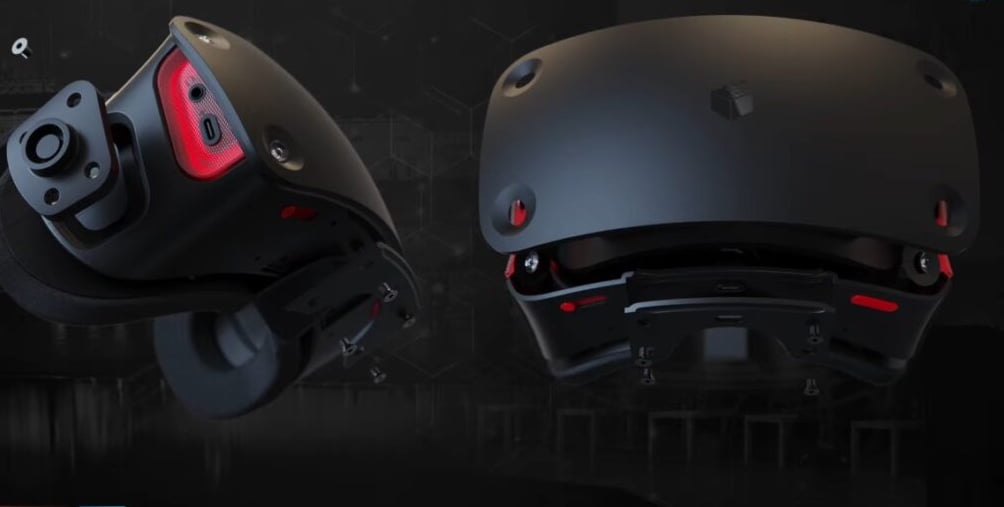Somnium VR goggles: self-sufficient, modular and open source

Social VR platform Somnium Space is trying its hand at hardware. The startup wants to build VR goggles with unique features.
The initial announcement was made in October. Yesterday, the startup showed off the first renderings and described the vision at its in-house conference.
The device will be developed in cooperation with Czech manufacturer VRgineers, which is responsible for the high-end VR glasses XTAL. The collaboration with a hardware partner suggests that the headset is more than just an idea meant to lure investors. But the outcome remains to be seen.
In development since early 2021, the device hasn't been seen as a prototype or the like.
Interchangeable displays, slots for accessories
CEO Artur Sychov pitched the Somnium headset against Meta's closed ecosystems. The target market is a niche market of users who want to modify their VR goggles as they please and not be tied to an app store.
For this reason, the device is to be open source and offer modularity. For example, exchangeable displays or extensions with accessories that are produced with the 3D printer are planned.

The targeted technical features at a glance. | Image: Somnium Space
For the processor, Somnium and XTAL rely on the proven Snapdragon XR2. The two displays have a resolution of 2,880 by 2,880 pixels and display 90 frames per second. Specially manufactured lenses with a field of view of 115 degrees are used.
Somnium VR glasses coming 2022-2023
The VR goggles will feature integrated 6DoF tracking and are said to offer lossless PC VR streaming based on WiFi 6E. Storage can be expanded via MicroSD slot.
The start-up did not want to name a price, but a release date: The first devices are to be delivered from the fourth quarter of 2022. An extremely ambitious goal for a new type of VR glasses.
The following video shows the presentation of the project.
Note: Links to online stores in articles can be so-called affiliate links. If you buy through this link, MIXED receives a commission from the provider. For you the price does not change.